The Easiest Way to Know if Your Horse Is Tight or Sore
Click on the video to see my palpation techniques and how to palpate your horse on your own.
No matter the discipline, your horse’s muscles endure a whole lot of strain from constant use. Whether you’re taking your horse up and down hills over uneven ground while trail riding or asking for collection in dressage, those muscles can start to get tight and sore.
It’s normal. Just like you and me, your horse’s muscles fatigue after a workout and become stiff and achy when pushed too hard.
The problem is your horse can’t text you later that night asking for a warm bath and a massage. You find out he’s not a happy camper the next time you’re greeted with pinned ears after putting on the saddle or a shorter stride than normal when your horse trots.
That’s why I decided to put together a series of videos on my Youtube channel to give you a few more tools in your toolbox when it comes to helping your horse feel his best. These are simple things you can do on your own to pinpoint discomfort along with focusing and relaxing your horse.
Let’s start with palpating your horse.
The easiest way to quickly figure out where your horse may be tight or sore is through palpation.
Why palpation?
Using just the touch and feel of your fingers on your horse, you’ll be able to:
- Make sure your horse isn’t in any pain before you hop on his back
- Better understand exactly where your horse may be experiencing tightness or soreness
- Come up with a game plan before you ride to address any muscle issues – such as incorporating transitions, backing, or bending
Plus, spending time putting hands on your horse each day gives you a solid baseline. You’ll know how your horse’s muscles feel when he’s performing well and when he’s having problems.
What to look for when palpating your horse
Most people are nervous about palpating their own horses. Not only are they unsure of how to do it but they don’t have any idea of what “normal” looks like.
Whenever I palpate a horse, I look for three telltale signs that the horse may be tight, uncomfortable, or in pain.
#1: Rigid muscles
Relaxed muscles have elasticity and suppleness. You shouldn’t feel like you’re running your hand across a piece of plywood. If the muscle has no give, that means it’s tight and more than likely causing discomfort.
#2: Horse reactivity
Pinning ears, tail swishing, biting, kicking out. These are all signs that your horse’s muscles may need some TLC. If you get a negative reaction when you apply even light pressure, your horse is giving you a head’s up that something is wrong.
#3: Muscle spasms
Spasms happen when muscles involuntarily contract for a sustained period. When you touch your horse’s muscle and see or feel a fluttering below the skin’s surface, you’re witnessing a spasm. Spasms can be mildly irritating to downright painful. If your horse experiences muscle spasms he may be less tolerant or difficult under saddle.
Treat palpating like grooming
Take an extra few minutes to run your hands over your horse from head to tail each time you go to the barn. The more consistent you are palpating your horse the easier it will be to uncover any potential problems before tacking up. You’ll know what areas to work on stretching and relieving tension so both you and your horse can enjoy the ride.
Let me know if you found the video and post helpful. And, make sure to follow Drassal Equine Bodywork on…
